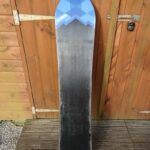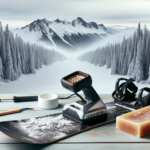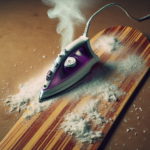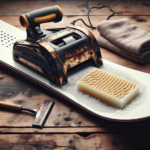You just got a brand new snowboard and can’t wait to hit the slopes. But there’s a nagging question that pops up: does that shiny new board need to be waxed? This article is here to answer your concerns by examining why waxing might be necessary, and how it can affect your snowboarding experience. Without further ado, let’s address the question, “Do You Need To Wax New Snowboard?”
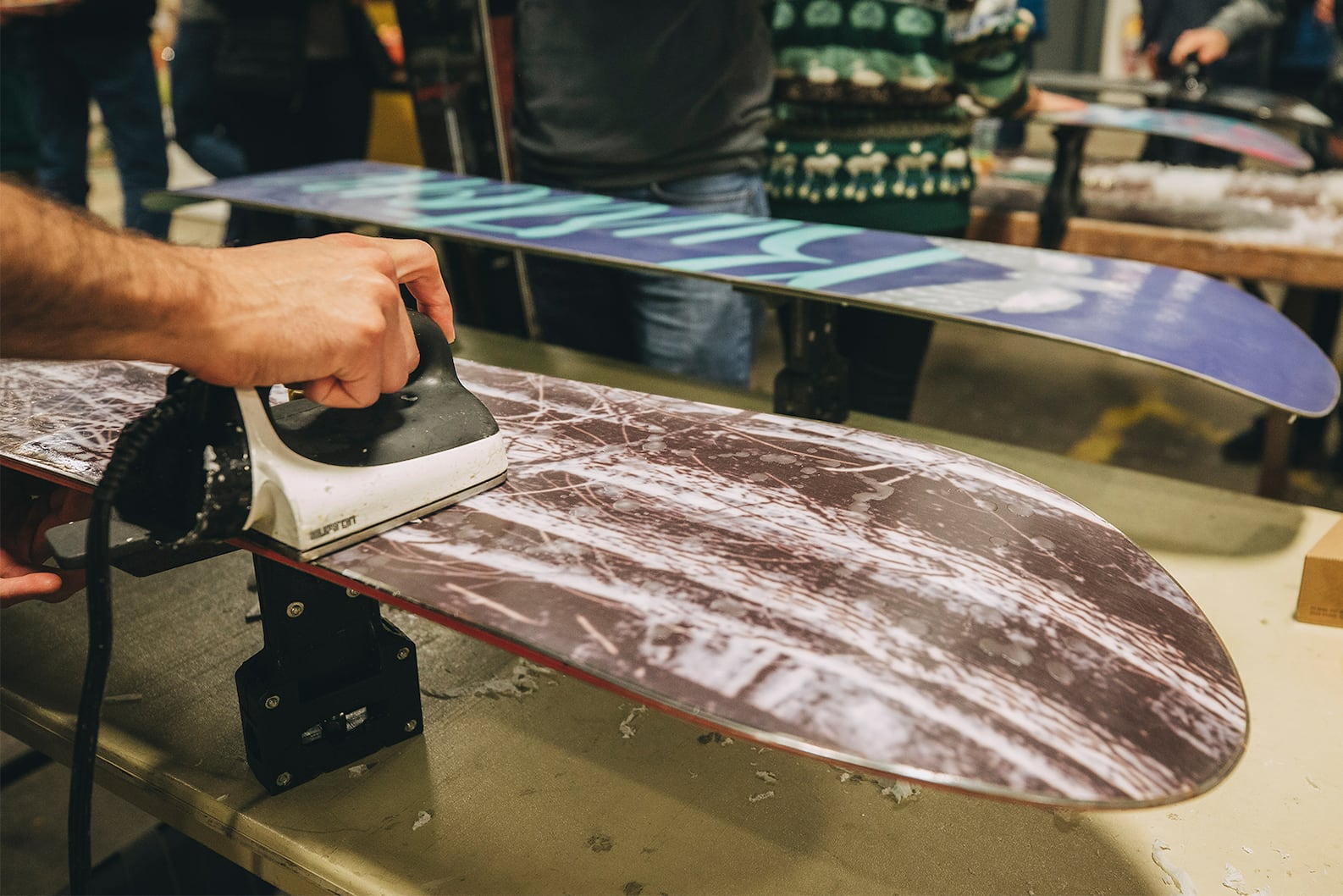
Understanding Snowboard Waxing
Learning and understanding snowboard waxing is imperative to anyone who wants to get the most performance out of their new board. It’s a kind of maintenance that gets often overlooked by beginners, but is crucial in making sure your board performs at its best. Let’s dive into some basics.
The Purpose of Waxing a Snowboard
Why do you need to wax your snowboard? Well, waxing is to a snowboard what a tune-up is to a car. The application of wax to the base of the snowboard helps it glide smoother and faster over the snow. Wax makes the base slicker, reducing friction between the board and the snow, which ultimately makes you go faster.
How Often Should You Wax Your Snowboard
Now you may be wondering how often should you wax your board? In general, it’s recommended to wax your snowboard at least once every 3-4 times you ride. However, the frequency really depends on the conditions you’re riding in. If you often ride on icy or hard-packed snow, you might need to wax your board more frequently.
Types of Snowboard Wax
There are various types of snowboard wax available in the market each with different characteristics and benefits. Standard waxes are used for all conditions, while temperature-specific waxes are designed for specific snow temperatures and conditions.
New Snowboard and Factory Wax
When you buy a new snowboard, you’ll notice it comes with a layer of what’s known as “factory wax”.
What is Factory Wax
Factory wax is the wax that the manufacturer applies to the snowboard at the time of production. This wax is meant to protect the board during storage and transport until it reaches the customer.
Is Factory Wax Enough for Your First Ride
Now, is the factory wax enough for your very first ride? Actually, yes. You can definitely use your new board with just the factory wax on it for your first time out. However, it’s not tailored to specific snow conditions.
Limitations of Factory Wax
The downside of factory wax is that it is not as durable or high-quality as the wax you could apply yourself. It wears off relatively quickly and may not offer the optimal glide performance you’re aiming for.

Reasons to Wax a New Snowboard
While it’s possible to ride a new board without waxing it yourself, there are several reasons why you might want to add your own wax before hitting the slopes.
Improving Glide and Speed
Waxing your new snowboard can significantly improve your glide and speed. The wax reduces the friction between the snowboard and the snow, allowing you to ride faster and smoother.
Protecting Your Snowboard
Another reason to wax a new snowboard is to protect the board. Regular waxing maintains the quality of the board and protects the base from drying out and getting damaged.
Enhancing Board Flexibility
Waxing doesn’t just make your board glide better – it also enhances its flexibility. When wax gets into the pores of your board, it helps the board to flex more easily, improving its performance and making turns easier.
Good for All Weather Conditions
Finally, waxing your board makes it more adaptable to different snow conditions. Specialized waxes are available for warm, cool and cold snow conditions.
Deciding Whether to Wax a New Snowboard
Now, comes the million-dollar question: Should you wax your new snowboard?
Professional Recommendations
Most professionals and experienced snowboarders advise waxing new boards right out of the package. They are of the opinion that waxing not only improves performance but also increases the life of the board.
User Feedback About Snowboarding Without Waxing
Some riders say they’ve ridden new boards without waxing them and haven’t noticed a significant difference. However, these riders often notice the increased performance once they finally wax their boards.
Factors Affecting the Decision
Ultimately, the decision comes down to your personal preference, the specific conditions you’ll be riding in, and how often you plan on riding. If you’re a casual rider who only gets out on the mountain once or twice a season, the factory wax might be sufficient. But if you’re a regular rider, you should consider waxing your new board.
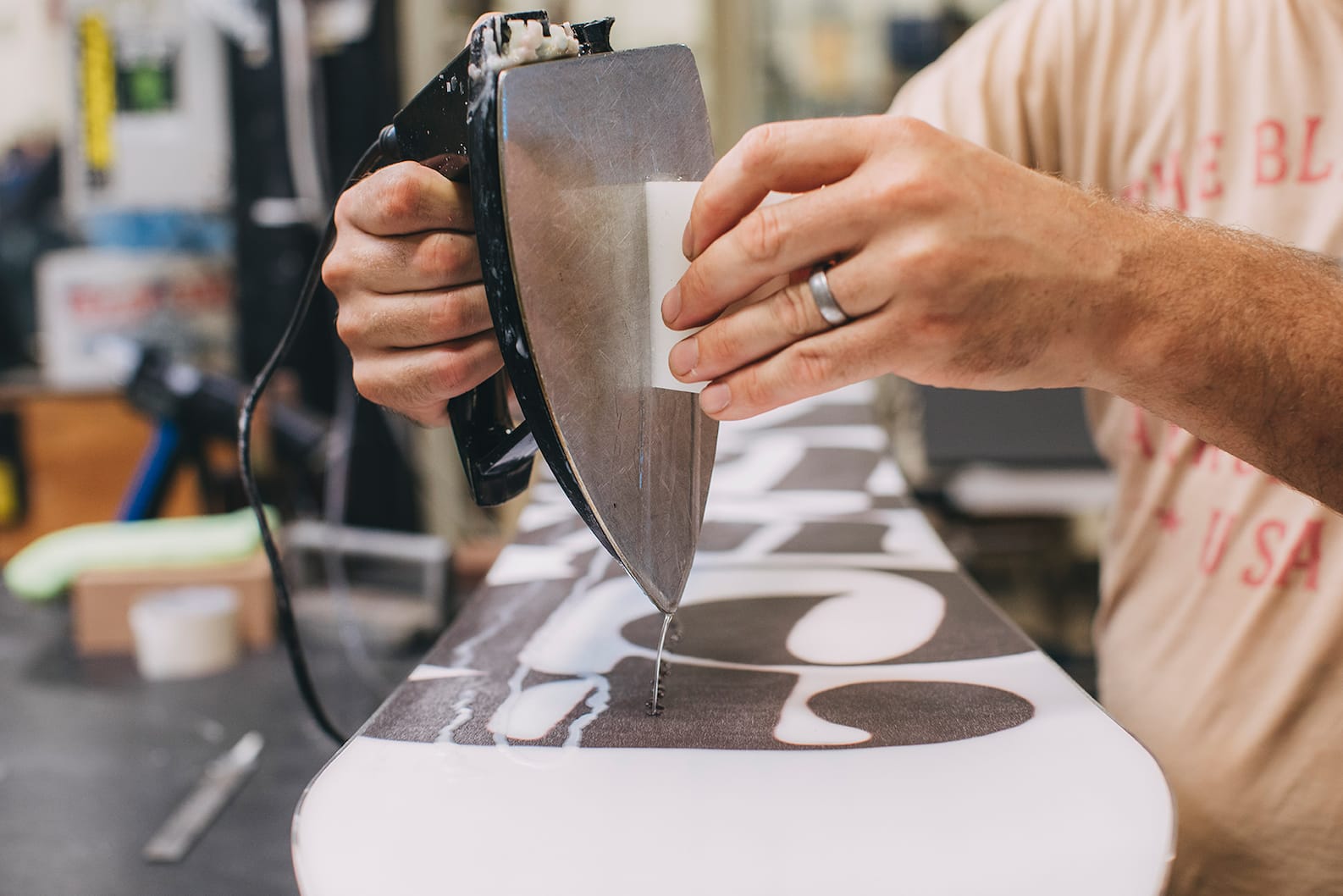
Waxing Process for New Snowboards
If you’ve decided to wax your new snowboard, it’s handy to know the basics involved in waxing your board.
Materials Needed for Waxing
First, gather your materials. You’ll need a snowboard wax (preferably temperature-specific), a waxing iron, a scraper, and a structuring brush or buffing pad.
Drying the Board Before Waxing
Begin by making sure your board is clean and dry. Any dirt or moisture on the board can interfere with the waxing process.
Applying the Wax
Using the waxing iron, melt the wax and drip it onto the base of the board. Then, use the iron to spread the wax evenly across the entire base.
Scraping and Buffing the Wax
Once the wax has cooled and hardened, use the scraper to remove excess wax. Finish the process by brushing or buffing the wax to add structure and boost performance.
Choosing the Right Wax for Your New Snowboard
There are various types of wax available in the market, and choosing the right one for your board can make a significant difference to your riding experience.
Temperature-Specific Wax
Temperature-specific wax is designed to work best in different snow conditions and temperatures. For instance, a cold-temperature wax will help your board glide best on cold, dry snow, while a warm-temperature wax is suited for warmer, wetter snow.
Universal Waxes
For casual or occasional riders, a universal snowboard wax might be the way to go. This wax is designed to perform adequately across a range of temperatures and snow conditions.
How to Decide the Type of Wax for Your New Snowboard
Choosing the right wax depends on the conditions you’ll be snowboarding in. Check the weather forecast and snow conditions before choosing your wax.
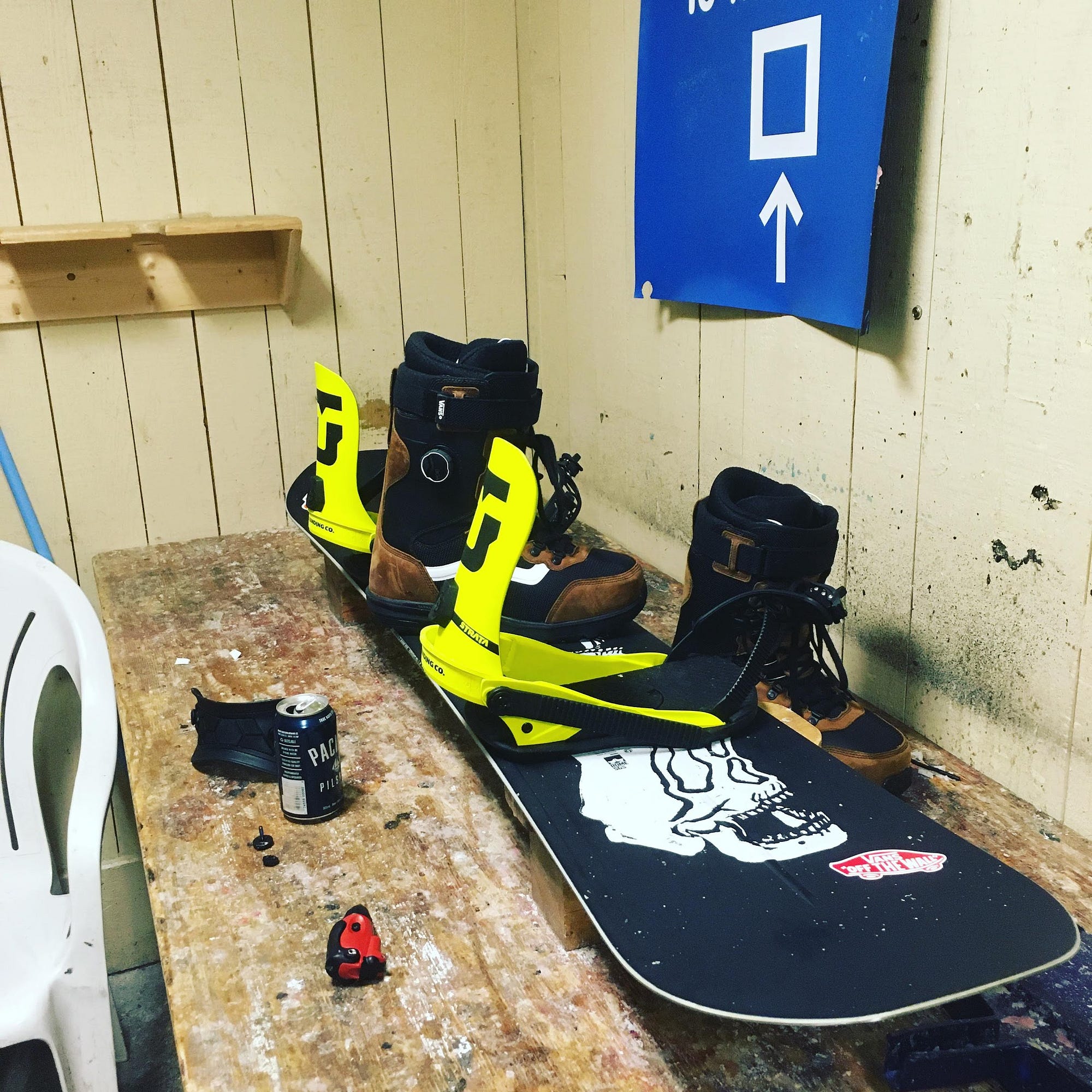
Mistakes to Avoid While Waxing a New Snowboard
Waxing your new snowboard can be relatively straightforward, but there are a few common mistakes to avoid.
Excessive Wax Application
Applying too much wax is a common mistake. Excess wax makes scraping and buffing a lot harder and won’t necessarily provide a smoother ride.
Wrong Temperature Wax
Using the wrong temperature wax is another common mistake. If you use a cold-temperature wax in warm snow conditions, it can make your board sticky and slow.
Not Letting Wax Dry Sufficiently
Finally, not letting the wax cool and harden completely before scraping it off can affect the wax’s effectiveness. Patience is key here; allow plenty of time for the wax to set.
Diy vs Professional Snowboard Waxing
Deciding between DIY and professional snowboard waxing comes down to a few factors.
Advantages of DIY Waxing
Waxing your snowboard at home is a cost-effective method and gives you more control over the type and amount of wax you use. You also get the satisfaction of maintaining your equipment.
Pros of Professional Waxing
Professional waxing ensures a thorough and consistent wax job done by experienced technicians. It saves you time and effort and often results in a better end result.
Factors to Consider While Deciding Between DIY and Professional Waxing
Your decision should be informed by how often you snowboard, your budget, convenience, and your desire to look after your equipment.
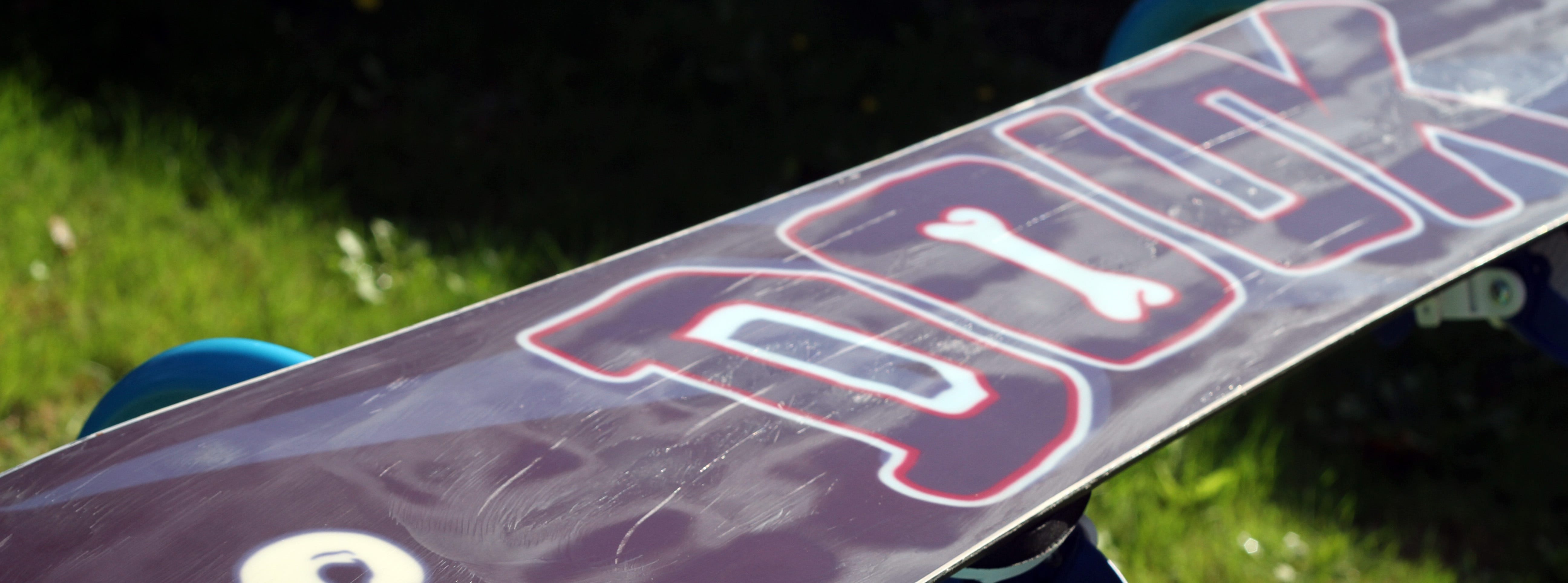
Maintaining Snowboard After Waxing
After waxing your snowboard, maintaining it properly can preserve the life of your wax job and the board itself.
Avoiding Scratches Post-Waxing
Try to avoid any potential scratches to the base after waxing by handling and storing your snowboard carefully.
Following Snowboard Maintenance Tips
Following recommended snowboard maintenance tips such as keeping your snowboard dry and clean, and storing it properly, can help make the most of your wax job.
Periodic Rewaxing
Remember that waxing isn’t a one-time thing. Regular rewaxing will keep your snowboard performing at its best.
Conclusion: Do You Really Need to Wax a New Snowboard?
In summary, waxing a new snowboard can enhance its performance, protect it from damage, and tailor its ride to specific snow conditions.
Summarizing the Advantages of Waxing
The advantages of waxing a new snowboard are clear. From speed and glide enhancement to protection against damages, waxing can drastically improve your snowboarding experience.
Potential Issues of Not Waxing a New Snowboard
Not waxing a new snowboard could lead to a slower, less responsive ride and could potentially harm the lifespan of your board over time.
Final Recommendations
So, do you really need to wax a new snowboard? We’d say yes. It might take a little effort, but the advantages certainly outweigh the effort. Once you feel the difference a proper wax job makes on the slopes, we bet you won’t regret the decision!
- What Snowboard Bindings Should I Get? - January 23, 2024
- What Size Screws For Snowboard Bindings? - January 23, 2024
- How To Snowmobile On Water? - January 23, 2024


